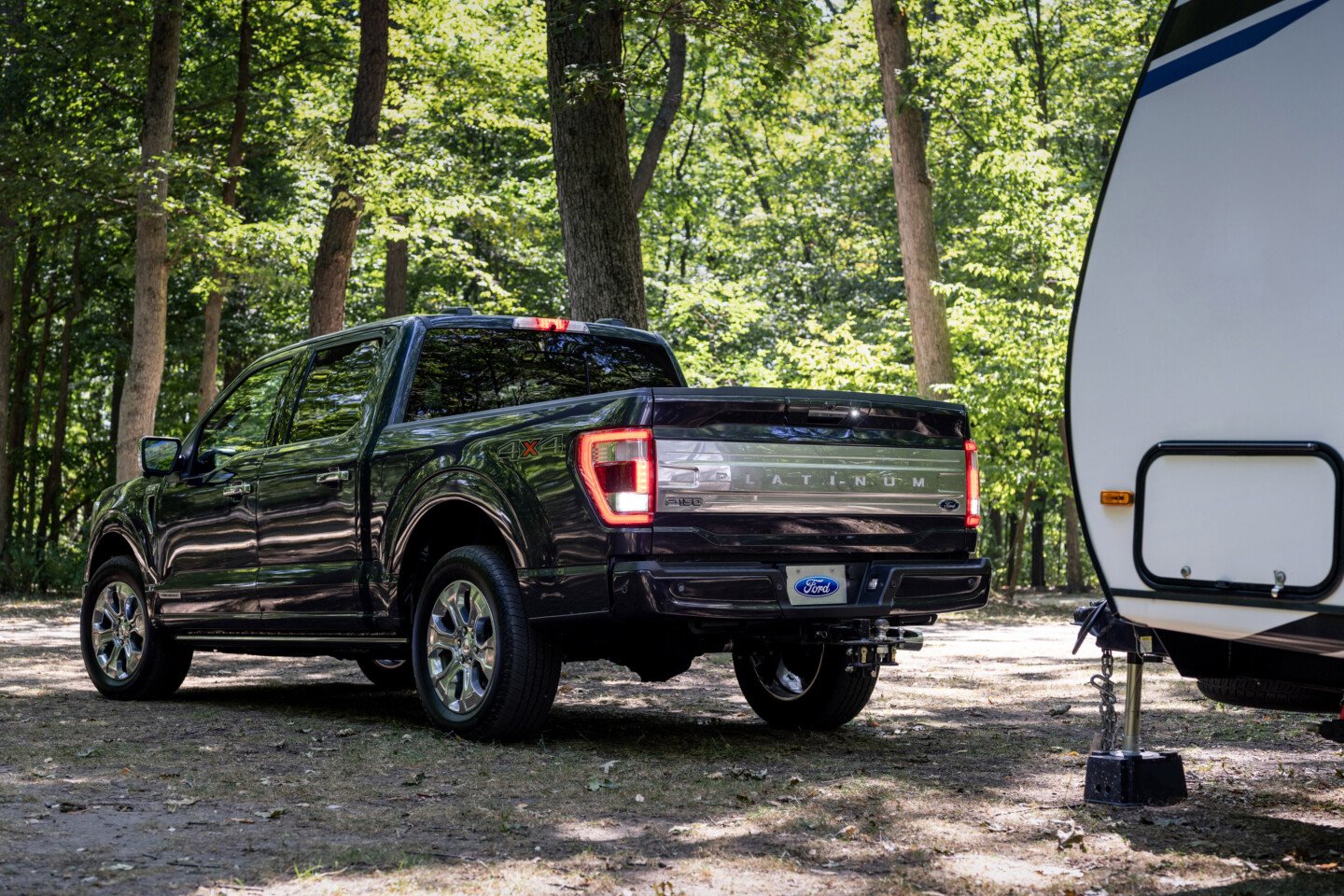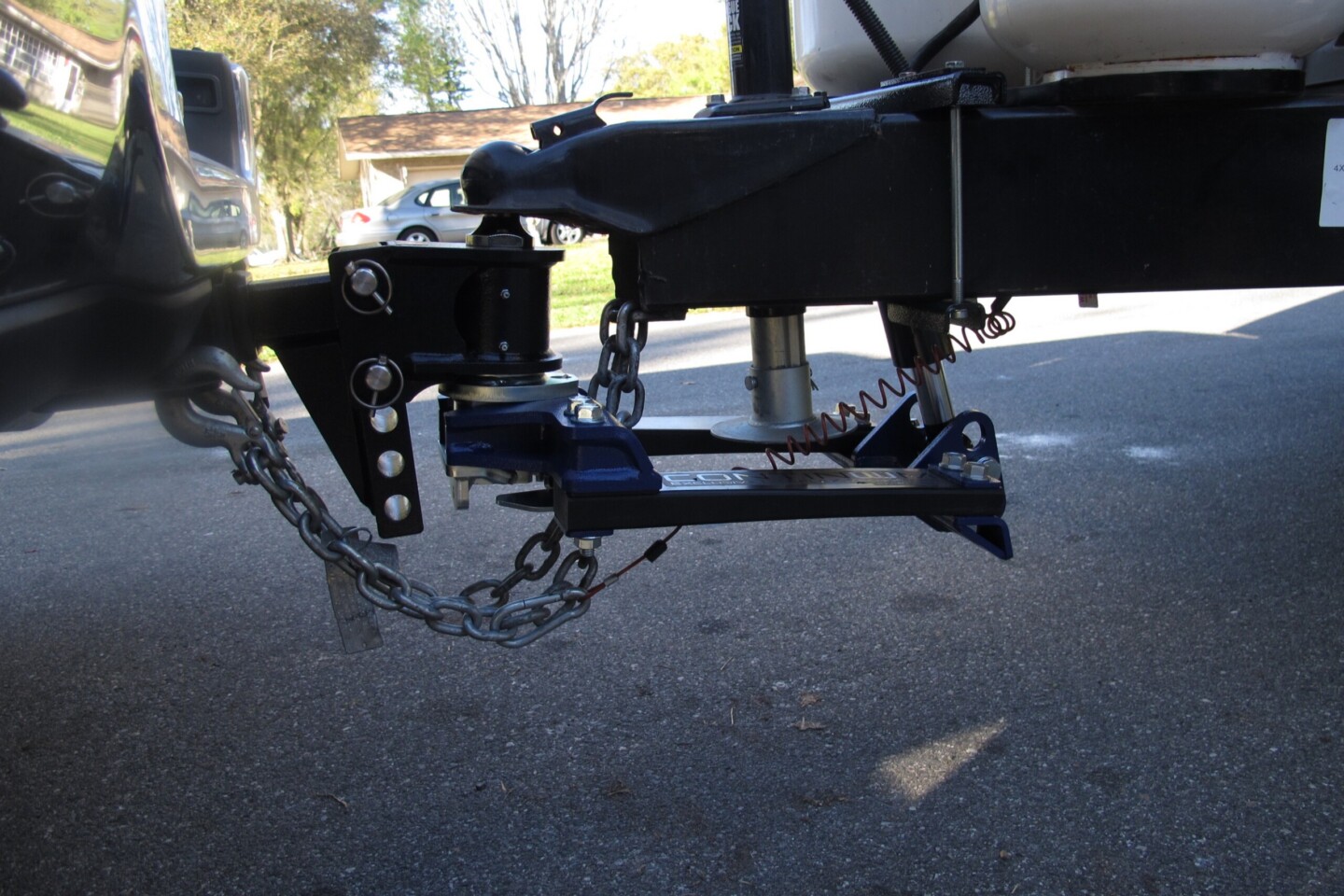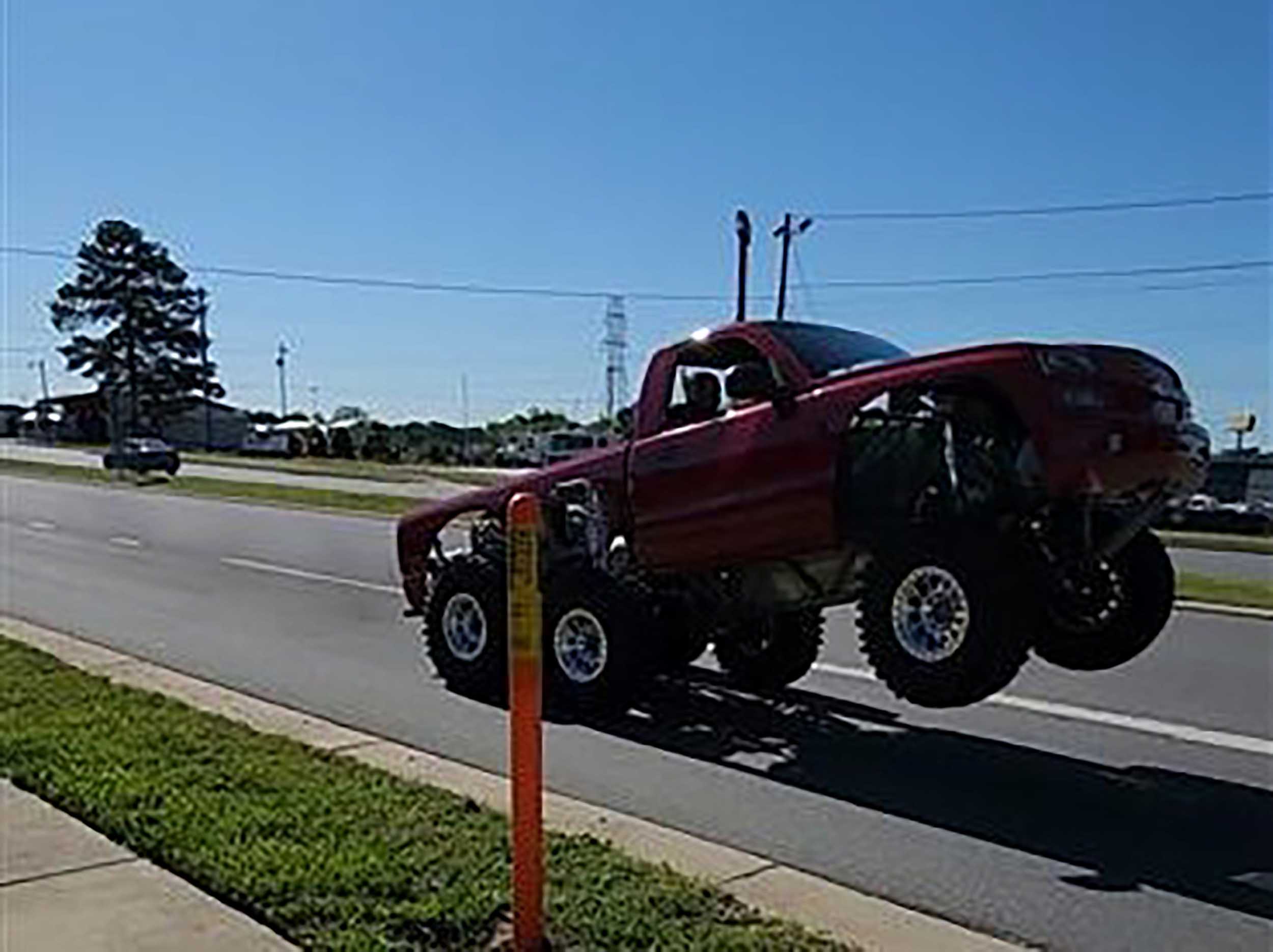Hauling on-road and off-road requires users to follow proper vehicle guidelines and procedures to ensure a safe arrival. No one wants to see an avoidable accident or trucks breaking down because the cargo was not loaded correctly, or worse, the cargo was overweight, or they towed an oversized trailer. Before selecting a vehicle, it’s imperative to understand what it can haul, as well as its vehicle weight rating and towing capacity.
Here’s everything drivers should know about these metrics so they can make the most of their on-road and off-road experiences and ensure safe towing for all.
What Is GVWR?
Gross vehicle weight rating (GVWR) is the maximum weight a truck can hold and still be driven safely. Each manufacturer determines this metric for its machines based on rigorous testing protocols. Exceeding the GVWR, even briefly, is not recommended as it can hinder the vehicle’s performance and be detrimental to the vehicle’s longevity. If a vehicle is overweight, you can not expect it to operate and function safely, like it was originally designed to. This means acceleration time, braking distance, and ride characteristics will all be thrown way off.
Maxxing out the vehicles GVWR is an all-around bad idea and a major safety violation.
Owners should note the GVWR is the maximum weight their rigs can haul without a trailer. Adding a trailer to the mix changes the weight rating. Some vehicles with high GVWRs include the Chevrolet Silverado HD ZR2 Bison, Ford F-150, and Ram 1500.
Drivers can ensure their machine is safe by calculating the vehicle’s weight, passengers, and cargo. Take the Ford F-150 as an example. Suppose your 2021 5.0-liter V8 trim weighs 4,300 pounds and has a GVWR of 6,500 pounds. F-150 owners can add four 200-pound adults and 1,000 pounds of cargo while maintaining a safe ride.
What Is GCWR?
The gross combined weight rating (GCWR) determines a vehicle’s maximum weight with an attached trailer. The GCWR is an all-encompassing metric because it accounts for everything when considering how much a vehicle can safely haul down the road or trail. Vehicle operators use it to know their set limits for loading the cab, bed, and trailer.
Some call this measurement the gross combined vehicle weight rating (GCVWR), but they mean the same thing. While trailer and bed cargo come to mind, operators should know this rating also accounts for passengers. Adding one or two people might not seem like a lot, but each pound can make a difference when approaching the GCWR limit.
For example, suppose someone’s going to the woods in the 2022 GMC Sierra 3500 HD. This giant truck has a maximum GCWR of 40,000 pounds, providing plenty of flexibility when loaded up. Suppose the bed and trailer are filled with supplies and reach 39,500 pounds before passengers board. Two adult males should fit fine with the remaining weight, but a third and fourth person will likely put the vehicle over its maximum weight. This would risk everyone’s safety on the road.
What Is GAWR?
A third weight rating vehicle owners should know is the gross axle weight rating (GAWR). This measurement tells operators how much weight they can safely put on the front and rear axles. The metric is divided based on the front rating (FR) and the rear rating (RR).
Like the GCWR, the GAWR is an all-encompassing measurement because it accounts for the cargo, trailer, and passengers. The manufacturer should note the GAWR for each vehicle so people can ensure safety by weighing the machine. The best time to weigh the rig is when it’s full of passengers, supplies, and fuel. This information lets the operator know how close they are to the GAWR.
What Is Towing Capacity?
Manufacturers boast towing capacity in their advertisements because they know how much consumers value it. Off-road enthusiasts look at this when judging which truck they want to use for their next adventure.
Towing capacity is a relatively straightforward rating. This metric determines how much a vehicle can safely pull on the road. The number for each truck may change depending on its configuration and how many people are inside the cab, but the manufacturer’s listed number is usually the one to stick by.
The base towing capacity should be readily available from the manufacturer, but with a caveat. Just because a vehicle’s body can support a certain towing capacity doesn’t mean its engine and tires can. To calculate the numbers on their own, operators must know the curb weight and GCWR. The curb weight is how much a vehicle weighs with a full tank of gas and all its fluids. Taking the GCWR and subtracting the curb weight provides the towing capacity.
What Other Weight Ratings Should Drivers Know?
GVWR, GCWR, and GAWR are among the automotive industry’s most commonly used weight ratings. However, there are a few more that drivers should be aware of when hauling cargo, trailers, and passengers.
Gross Trailer Weight
Gross trailer weight (GTW) measures a trailer’s weight when fully loaded. Anything inside contributes to the GTW — including fuel, animals, and everything else such as off-road vehicles.
Tongue Weight
The tongue weight refers to how much force the trailer exerts on the vehicle’s hitch. Drivers should aim for it to be about 10 percent of the GTW for safe driving. The tongue weight should never eclipse 15 percent because the driver will risk overloading their hitch and losing control of their truck.
Dry Weight
A vehicle’s dry weight is how much it weighs without fuel or fluids. Passengers and all cargo and equipment are also not included in this rating. While dry weight is less common, drivers use it when tuning their suspension and making other modifications.
Make The Most Of The Vehicle Weight Rating
Vehicle weight ratings are essential when selecting any kind of workhorse, tow truck, adventure vehicle, overlander, or off-roader, and drivers should know the different measurements. A 10,000-pound towing capacity is excellent, but the GCWR may be more pertinent. Understanding these metrics will help off-road enthusiasts make the most of their next adventure.




















